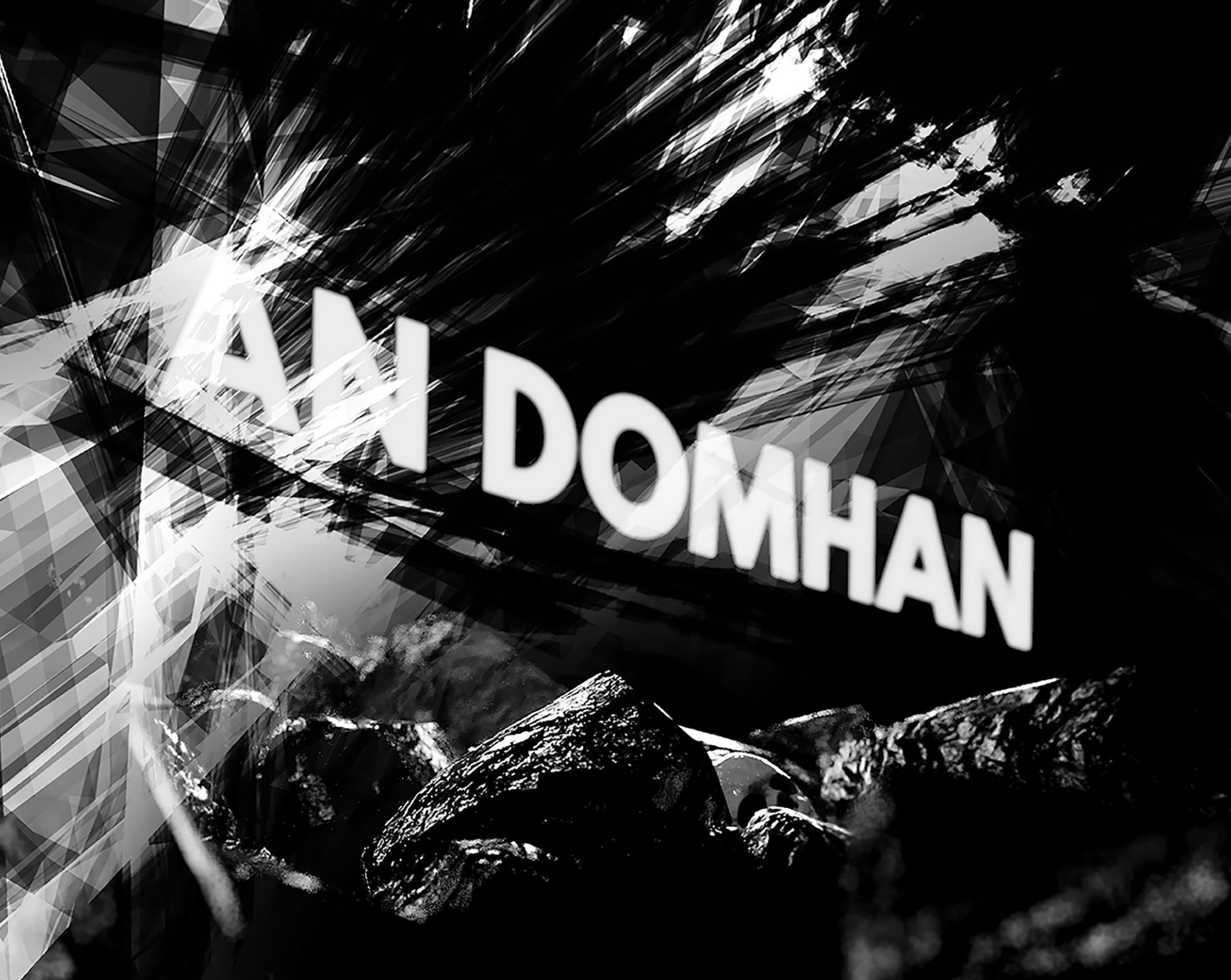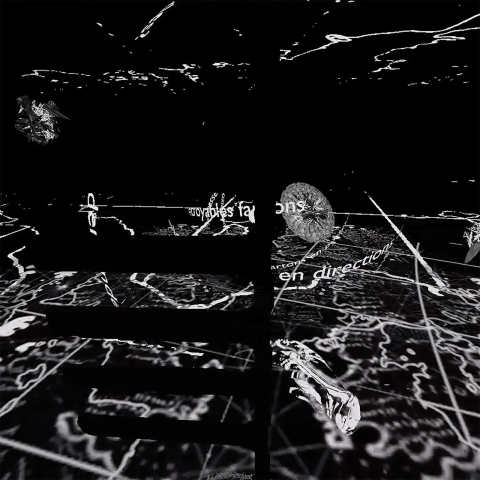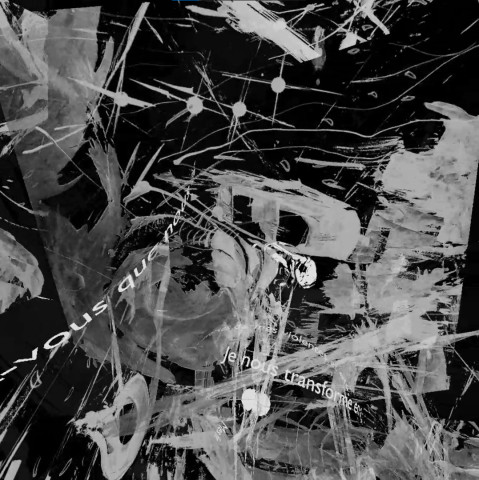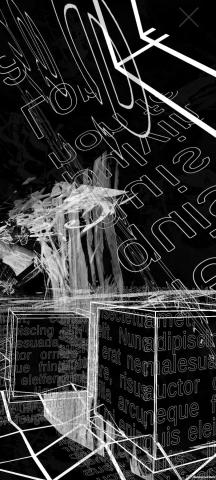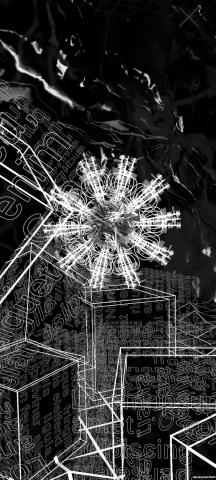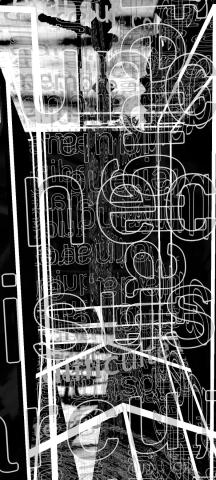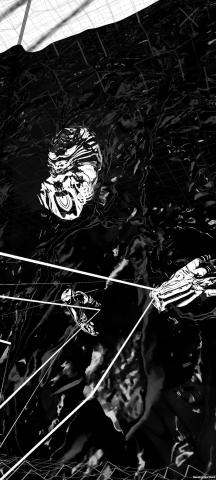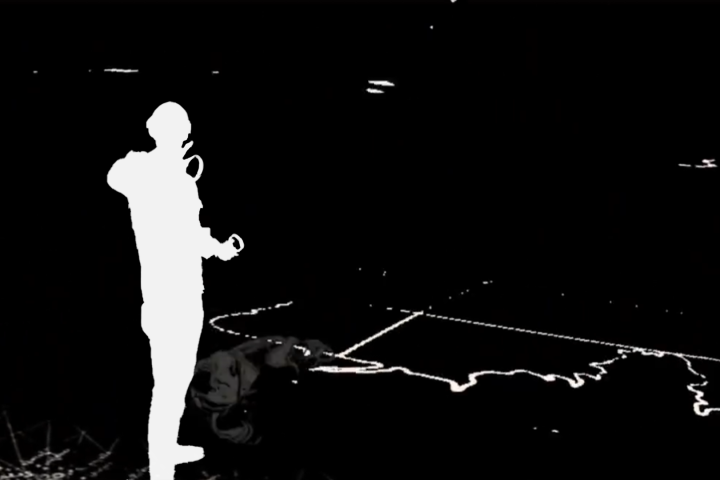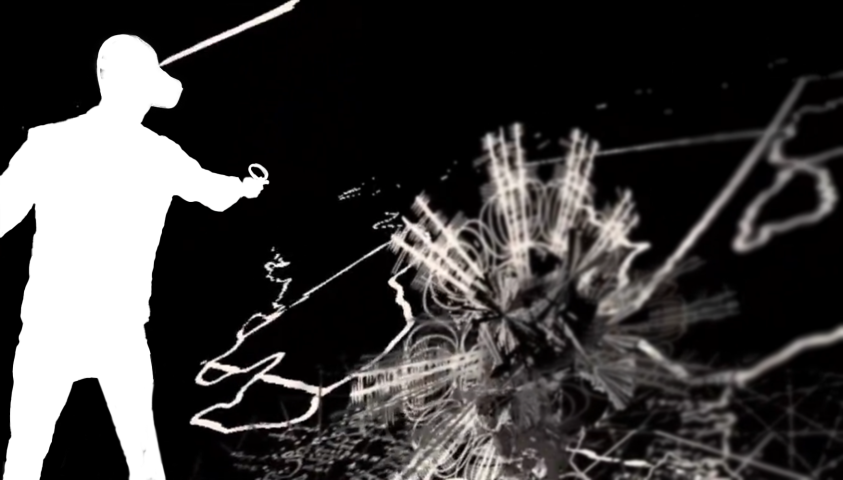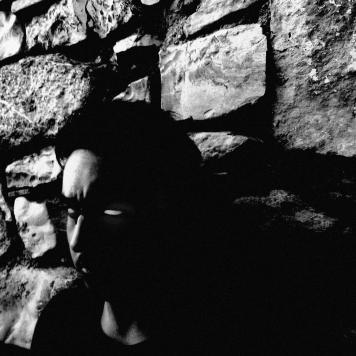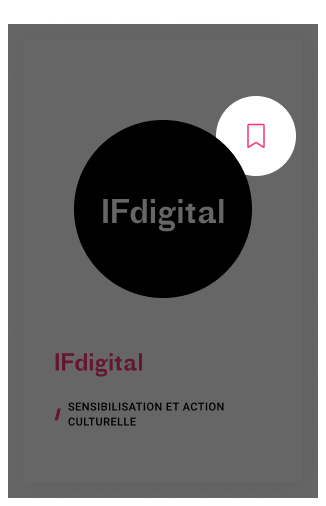An Domhan is an XR experience, mixing virtual and augmented reality through the adaptation of an Irish Celtic legend entitled The Tragic Death of the Tuireann Children. Users with a virtual reality headset or with a smartphone and an augmented reality application embody the main characters of the legend. In a black and white, contrasting and abstract world, users are immersed in a quest involving revenge and redemption. The augmented reality user has the power to interfere upon the virtual reality.
An Domhan
Find out more
An Domhan is a work produced as part of a thesis entitled "Graphic Novel and Mixed Reality, towards new spaces of narration". Through a visual method of creative research, we stage this immersive and mixed experience adapted from an Irish Celtic legend. Users with a virtual reality headset or with a smartphone and an augmented reality application embody the main characters of the legend. In a black and white, contrasting and abstract universe, users are immersed in a quest mixing vengeance and redemption. The augmented reality user has the power to interfere with virtual reality.
The experience "re-spatializes" the narrative tensions at work in the legend, offering us a field of experimentation and research to consider comic book narration in new dimensions and in a relationship to the body. The comic book leaves its supports to stick to the body of the users, and take on the scale of a place. The scenario and the relationship between the devices marks a new perspective for the notions of sequences and simultaneity. The narrative becomes non-linear and the character is embodied. The boxes are drawn according to the movement and gestures of the users...
From this project, and therefore from our thesis, we seek to understand how narration is structured in mixed reality, that is to say in our case, in the "mixedness[1]" of the media used, the spaces involved, the place and impact of the body in relation to the narrative.
[1] Paul Virilio, La machine de vision, Collection L'Espace critique (Paris: Editions Galilée, 1988), 148.
Votre contact


Merci pour votre contribution.
Vous serez informés de sa publication ou d’une éventuelle demande de compléments.





